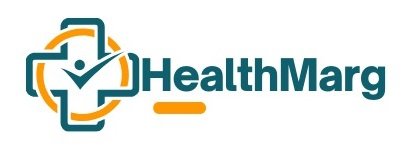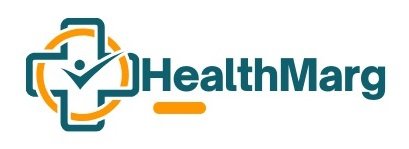Introduction: Shingles, caused by the varicella-zoster virus, is a painful and often misunderstood condition. In this comprehensive guide, we’ll unravel the mysteries of shingles, exploring its causes, symptoms, available treatments and essential preventive measures.
Understanding Shingles:
Herpes zoster, another name for shingles, is a painful viral infection that causes a rash. It is brought on by the varicella-zoster virus, which also causes chickenpox. After recovering from chickenpox, the virus can lie dormant in nerve tissue and reactivate later in life, causing shingles.
Causes and Risk Factors:
- Previous Chickenpox Infection: Anyone who has had chickenpox is at risk for developing shingles.
- Weakened Immune System: Conditions or medications that compromise the immune system can increase the risk.
- Age: Shingles is more common in individuals over 50, and the risk increases with age.
Symptoms of Shingles:
- Pain and Tingling: Before the rash appears, many people experience pain, tingling or itching in the affected area.
- Rash: A red, blistering rash typically appears on one side of the body or face.
- Flu-like Symptoms: Fever, headache and fatigue may accompany the rash.
Complications of Shingles:
- Postherpetic Neuralgia (PHN): Persistent nerve pain in the affected area even after the rash has healed.
- Vision Problems: Shingles affecting the eye can lead to vision impairment or loss.
- Neurological Issues: In rare cases, shingles can cause inflammation of the brain (encephalitis) or spinal cord (myelitis).
Diagnosing Shingles:
- Clinical Examination: Doctors can often diagnose shingles based on the distinctive rash and symptoms.
- Viral Tests: Lab tests may be conducted to confirm the presence of the varicella-zoster virus.
Treatment Options:
- Antiviral Medications: Prescribed antiviral drugs can help shorten the duration and severity of the infection.
- Pain management: It could be advised to use prescription or over-the-counter painkillers.
- Topical Treatments: Calamine lotion or wet compresses can soothe the rash and alleviate itching.
Home Care and Lifestyle Tips:
- Rest: Adequate rest is crucial for recovery, especially during the acute phase of the infection.
- Pain Relief Measures: Applying cool compresses and taking oatmeal baths can provide relief.
- Avoiding Contact: Limiting contact with individuals who have not had chickenpox is advised to prevent the spread of the virus.
Preventive Measures:
- Vaccination: The shingles vaccine is recommended for individuals over 50 and can significantly reduce the risk and severity of shingles.
- Healthy Lifestyle: Maintaining a healthy immune system through a balanced diet, regular exercise and stress management can lower the risk.
Coping with Shingles:
- Emotional Support: Dealing with the pain and potential complications of shingles can be emotionally challenging and seeking support from friends, family or a healthcare professional is crucial.
- Post-Recovery Care: Monitoring and managing lingering symptoms, especially postherpetic.
Conclusion: Shingles can be a painful and disruptive condition, but understanding its causes, recognizing symptoms and taking prompt action with medical intervention can lead to effective management and a smoother recovery. Additionally, vaccination and a focus on overall health play pivotal roles in preventing the onset and reducing the severity of shingles. As with any medical condition, early detection, proper treatment and a holistic approach to well-being are key to navigating the challenges posed by shingles. ##


